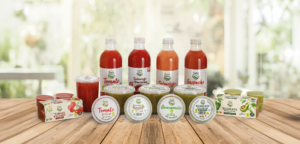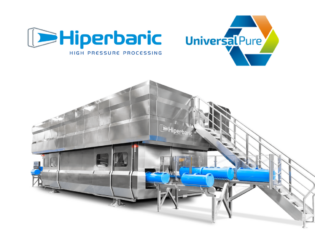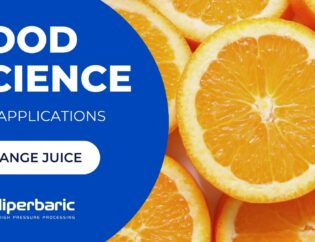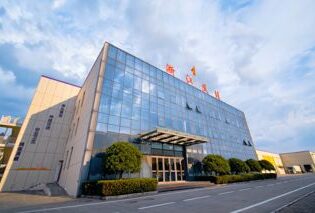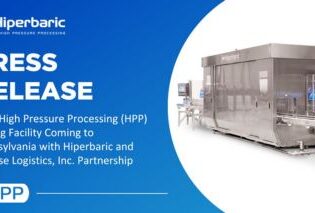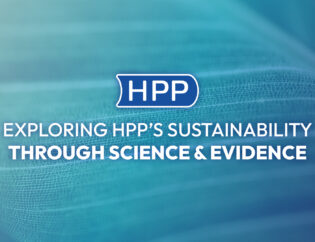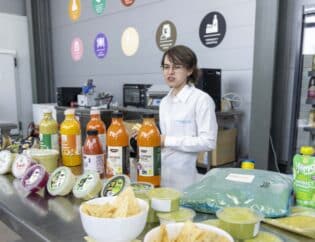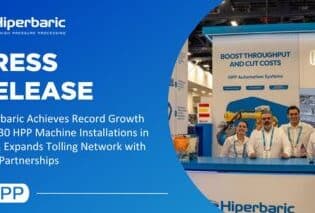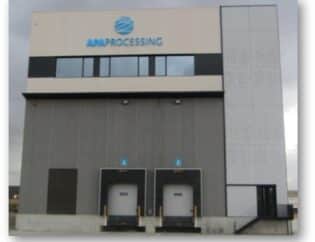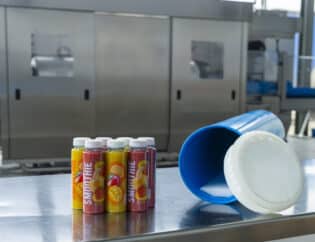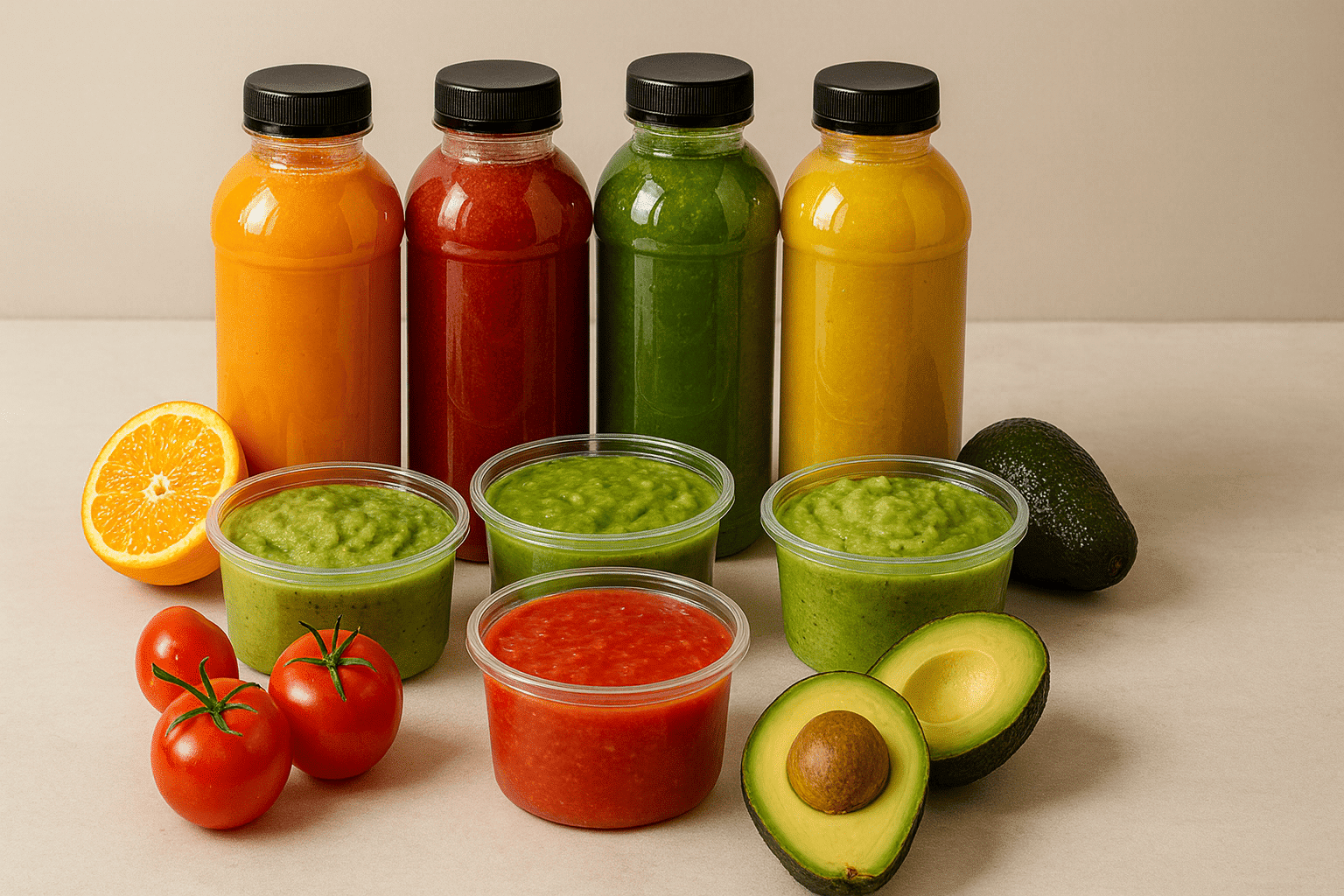
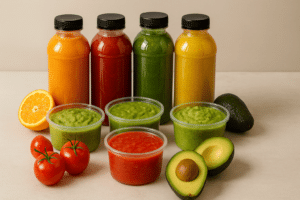
Food waste is one of the biggest challenges worldwide: more than 1 billion meals are thrown away every day, equivalent to 1.05 billion tons per year and nearly 10% of global greenhouse gas emissions. This economic, social, and environmental impact requires immediate solutions. High pressure processing (HPP) technology is emerging as a key ally: it extends the shelf life of food and beverages while maintaining their properties, prevents unnecessary losses, and allows products that would otherwise end up being discarded to be revalued.
A global issue
More than 1 billion meals are wasted every day worldwide. This shocking statistic has negative consequences for the global economy, climate change, and pollution. This data, like the other figures in this post, is taken from the Food Waste Index Report 2024 by the United Nations Environment Programme (UNEP).
In 2022, almost one in five foods available for human consumption was wasted, which translates into 132 kilograms per person and a total of 1.05 billion tons of food waste, including inedible scraps. Households accounted for 60% of food waste, while 28% came from food service providers and 12% from retail.
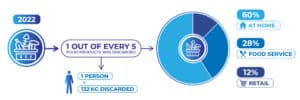
According to recent data, food waste generates between 8% and 10% of global greenhouse gas (GHG) emissions (almost five times more than the aviation sector) and a significant loss of biodiversity by occupying the equivalent of almost a third of the world’s agricultural land. The cost of food loss and waste to the global economy is estimated to be approximately $1 trillion.
The role of HPP technology against food waste
High pressure processing (HPP) is a preservation method that applies high levels of pressure to food to inactivate the microorganisms responsible for spoilage, without the need for heat or additives.
HPP significantly extends the shelf life of products while keeping their nutritional and sensory properties intact. The versatility of HPP technology allows its application in many food sectors. The shelf life achieved varies depending on each product, but in many cases, it can reach up to several months. This reduces food waste, as food remains safe and in optimal condition for longer, allowing for better consumption planning and less loss throughout the value chain.
The United Nations report indicates that 62% of food waste consists of fruit and vegetables. Products such as juices, guacamole, and vegetable dips are among the most widespread applications of HPP, representing a great opportunity to add value to this type of food that would otherwise be discarded.
Real Success Stories: Using HPP to Fight Food Waste
One of the main causes of fruit and vegetable waste is consumer rejection based solely on unattractive appearance. This means that, in many cases, only fruit and vegetables that meet minimum size requirements and have an attractive appearance are selected for display on store and supermarket shelves. On other occasions, the food is perfectly fit for consumption but too ripe to reach the point of sale. The question that immediately arises is: how can we make use of all these pieces of fruit and vegetables before they are discarded?
One alternative is to use them in the production of cold-pressed juices. Loop Mission is one of the companies that best reflects this use of raw materials. Since its inception, this Canadian company’s mission has been to produce juices and beverages from food that would otherwise have ended up in the trash. This is where HPP technology plays a key role in extending the shelf life of their juices while maintaining their fresh-like attributes for several months. David Côte, co-founder at Loop Mission, shared their story in the session “How does HPP align with a Circular Economy producer?” at HPP Innovation Week 2022.
Given the versatility of technology, juices are not the only way to rescue food using high pressure. Caña Nature uses tomatoes and avocados to transform them into high-value-added products such as salmorejo, gazpacho, and guacamole. To preserve the properties of all its products, it relies on HPP. In addition, the company has recently expanded its HPP product catalog to include vegetable creams, increasing its capacity to rescue a wider variety of foods.
